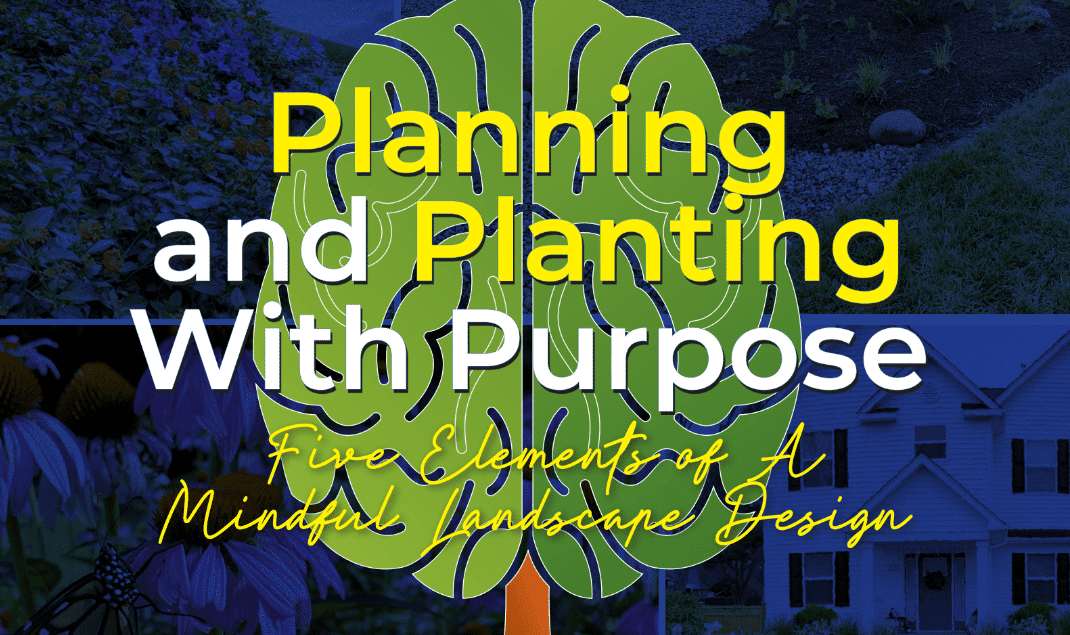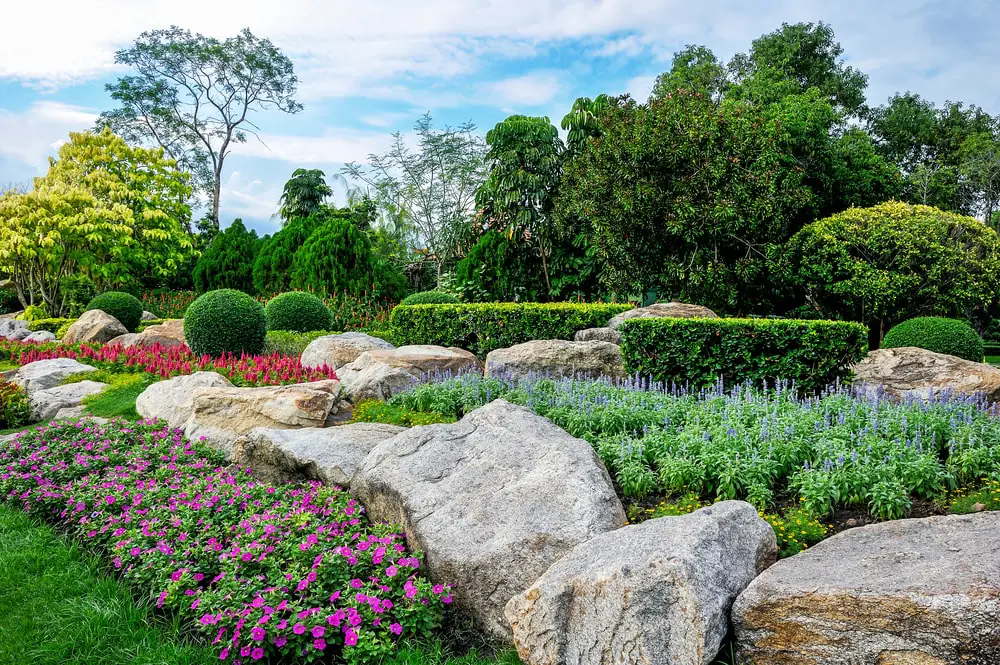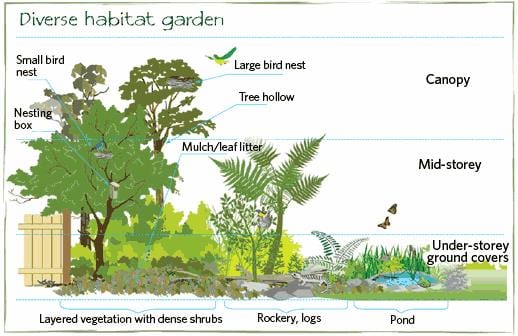Getting My Hilton Head Landscapes To Work
Getting My Hilton Head Landscapes To Work
Blog Article
The Basic Principles Of Hilton Head Landscapes
Table of ContentsThe Only Guide for Hilton Head LandscapesThe 5-Second Trick For Hilton Head LandscapesThe Of Hilton Head LandscapesHow Hilton Head Landscapes can Save You Time, Stress, and Money.Our Hilton Head Landscapes Ideas6 Simple Techniques For Hilton Head LandscapesThe Single Strategy To Use For Hilton Head LandscapesHilton Head Landscapes for Beginners
Form compatibility is additionally a significant element of unity in designone or 2 noticeably different forms are good for comparison and focus, however typically all other kinds need to have some similarities for a combined look. Appearance describes exactly how rugged or fine the surface area of the plant or hardscape product feels and/or looks.
Instances of plants with crude structure consist of philodendrons, agaves, bromeliads, hollies, palms, and hydrangeas. Features that create fine appearance include little vegetation; thin, strappy fallen leaves (grasses) or high, slim stems; small, dense branches and little branches; long stems (vines); and small, fragile blossoms.
Not known Incorrect Statements About Hilton Head Landscapes
A lot of plants are moderate appearance, in that they can not be called having either coarse or fine texture. They are characterized by medium-sized leaves with basic shapes and smooth edges. The average-sized branches are not densely spaced nor commonly spaced, and the general kind is typically rounded or mounding. Medium-textured plants act as a background to link and combine the rugged- and fine-textured plants.

To make an area feel smaller, put the crude structures along the external perimeter and the fine textures closest to the viewer. The information of the crude structure makes the plants appear closer and makes the space feel smaller sized. The viewed appearance of plants can additionally transform with the range from the plant.
Not known Incorrect Statements About Hilton Head Landscapes
Strong shades raise the contrast and make the texture show up coarser, while muted shades can flatten appearance. Hardscape with a coarse texturesuch as really rough rocks and vibrant, big timberstends to make all plant material show up much more moderate textured. Developers typically develop a structure research (Number 8) on paper to help choose the plan of plant materials.
Number 8. Structure research. Color in plant material and hardscape adds rate of interest and selection to the landscape. Color is one of the most conspicuous component in the landscape and is typically the emphasis of most home owners; nevertheless, it is also the most temporary aspect, usually lasting just a couple of weeks a year for individual plants.
A Biased View of Hilton Head Landscapes
An easy description of the color wheel includes the three primaries of red, blue, and yellow; the 3 second shades (a mix of 2 primaries) of eco-friendly, orange, and violet; and six tertiary colors (a mix of one adjacent primary and secondary shade), such as red-orange. Shade concept describes the connection of colors to every other and how they ought to be utilized in a composition.

Comparable (often called unified) color design are any kind of 3 to five shades that are adjacent on the shade wheel, such as red, red-orange, orange, yellow-orange, and yellow, or blue, blue-violet, and violet (landscape design hilton head). The colors are associated to each other because they typically consist of 2 primaries mixed to form a second and 2 tertiary shades, which indicates they share common homes
They tend to have high contrast in between them. The most common collections are violet and yellow, red and eco-friendly, and blue and orange. Complementary colors are often located normally in flowers; a common set is yellow and violet. Color is located in the blossoms, foliage, bark, and fruit of plants.
The Best Strategy To Use For Hilton Head Landscapes
Eco-friendly vegetation in all its various tones is the leading color by amount, but other colors catch focus quicker due to the fact that of their high comparison to the shade eco-friendly. Shade is also discovered in structures, rocks, pavers, wood, and furniture. The majority of colors in natural products, such as stone and wood, are usually muted and have a tendency to be variations of brownish, tan, and pale yellow.
Color is a vital aspect for developing rate navigate to this website of interest and variety in the landscape. Colors have homes that can influence emotions, spatial perception, light quality, equilibrium, and emphasis. One residential property of shade is explained about temperaturecolors seem awesome or warm and can affect emotions or sensations. Awesome colors tend to be calming and should be used in locations for relaxation and calmness.
The Best Strategy To Use For Hilton Head Landscapes
The "temperature" of shades can also impact the perception of range. Trendy colors often tend to recede and are regarded as being farther away, making a space really feel bigger. Warm shades tend to advance and are viewed as being more detailed, making a space really feel smaller sized. Shade can also be utilized to catch attention and direct views.
As an example, bright yellow, which has the greatest strength, additionally has a high contrast with all other shades (frequently referred to as a "pop" of shade) and should be utilized moderately. A percentage of extreme shade has as much aesthetic weight as a huge amount of a much more restrained or weak shade.
Comparable (occasionally called unified) color design are any three to five colors that are nearby on the color wheel, such as red, red-orange, orange, yellow-orange, and yellow, or blue, blue-violet, and violet. The shades relate per various other due to the fact that they commonly include two primaries blended to create a second and two tertiary colors, which indicates they share typical properties.
Hilton Head Landscapes - Questions
Complementary shades are typically found normally in blossoms; a common set is yellow and violet. Color is located in the flowers, foliage, bark, and fruit of plants.
Environment-friendly foliage in all its different shades is the dominant color by amount, however other shades catch attention extra easily due to their high comparison to the color environment-friendly - bluffton landscaping - https://hiltonheadlandscapes.godaddysites.com/f/transform-your-outdoor-space-with-hilton-head-landscapes. Color is additionally discovered in structures, rocks, pavers, wood, and furnishings. Many colors in natural products, such as stone and timber, are usually low-key and have a tendency to be variants of brown, tan, and light yellow
The Ultimate Guide To Hilton Head Landscapes
Color is an essential component for developing interest and range in the landscape. Colors have properties that can affect emotions, spatial understanding, light top quality, equilibrium, and emphasis. One building of color is described family member to temperaturecolors seem cool or warm and can impact feelings or feelings. Great colors tend to be soothing and need to be used in locations for leisure and peacefulness.
The "temperature level" of colors can also influence the understanding of distance. Great shades have a tendency to recede and are perceived as being farther away, making an area really feel larger. Warm shades often tend to advancement and are perceived as being better, making an area feel smaller. Shade can likewise be used to record focus and straight sights.
For instance, intense yellow, which has the highest possible intensity, likewise has a high contrast with all various other shades (frequently described as a "pop" of color) and need to be conserved. A small quantity of intense color has as much visual weight as a big amount of an extra controlled or weak color.
Report this page